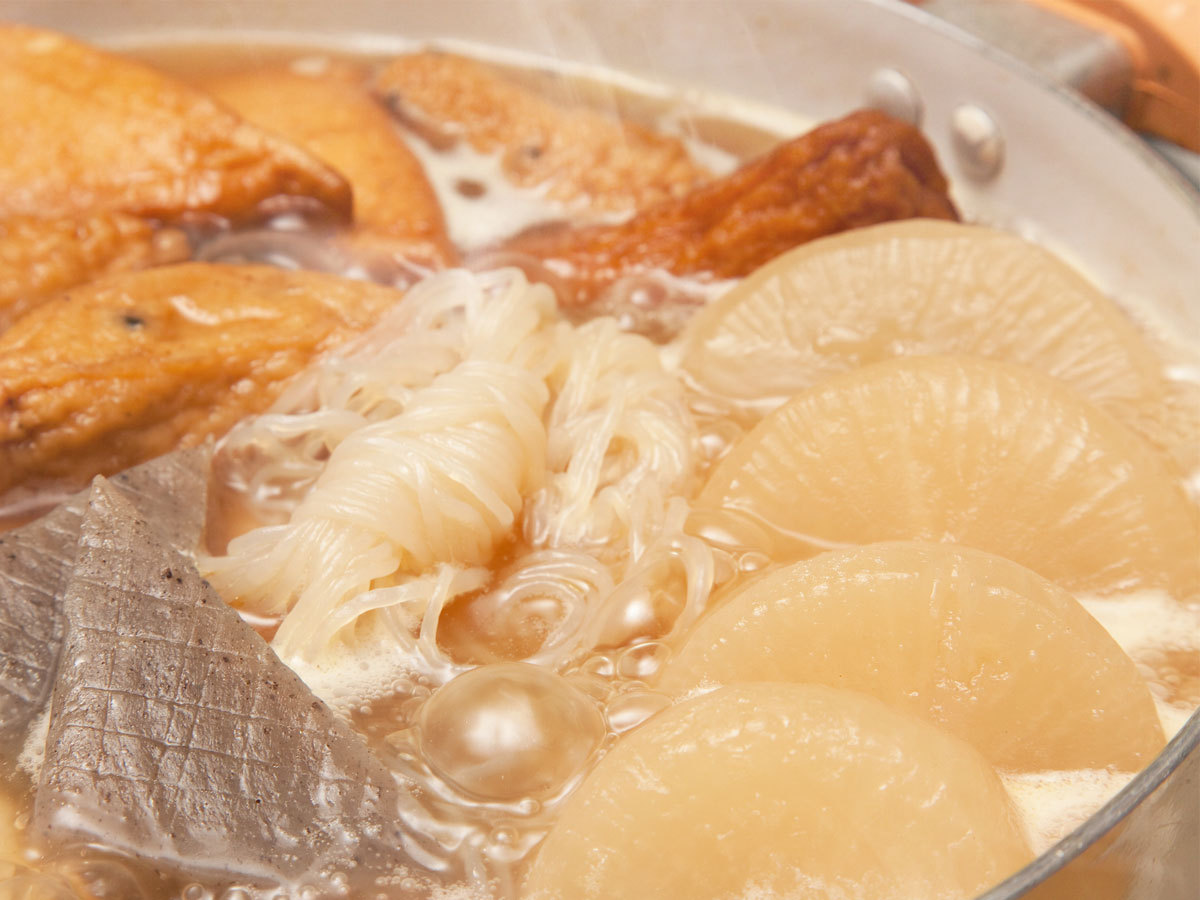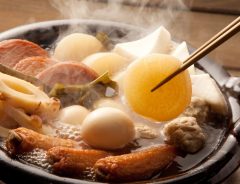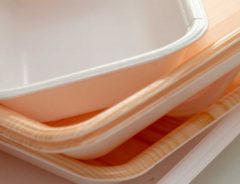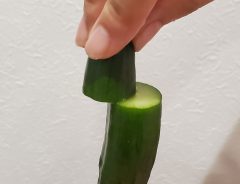
Image used for illustrative purposes
Japanese food manufacturer’s recommended way to finish off your leftover hot pot has foodies doing a double take
Related Article
-

Realistic oden hotpot bath bombs released in Japan to provide a bath time stew
-

Tofu packaging can actually come in quite handy during a natural disaster
-

Handmade Pikachu and Kirby dumplings are too cute to pika-chew
-

Japanese wife blows minds with in-law’s game-changing way of making potato salad
-

Travel to Japan: A gourmet and souvenir guide to Kyoto
-

The real way to wash your cucumbers and properly unlock their flavor


When cold weather rolls around in Japan, that means oden season is just around the corner as well. The winter favorite is essentially a hot pot stew made from dashi and soy sauce, and popular ingredients to cook in it include daikon radish, fishcakes, konjac, tofu, sausages, boiled eggs, and skewered meats. Whether you're picking up a cup of it at a convenience store, ordering it at a food stall, or simply making it at home, oden is definitely a way to warm yourself up in the Japanese winter with a hearty broth packed with variety of flavors.
Source: ykokamoto / PIXTA(ピクスタ)
Once all the main ingredients are exhausted, a common practice to enjoy the leftover soup without letting it go to waste is to create a "shime", or closing dish. This is usually done by throwing in white rice or noodles to soak up all the rich umami flavor packed into the broth that has been simmering a mix of flavors already.
Japanese food manufacturer Kibun has a different suggestion, however, and the image they provided of it has many oden fans staring with their jaws wide open. According to Kibun, the best shime source isn't noodles or rice--it's tofu! And when you use it with oden right, it looks like this...
The giant block of tofu you see sitting on the "tofu rice" dish is Momendōfu, or firm tofu. That allows it to stay in tact like a block while soaking up all the leftover flavors of the hot pot. Of course, those preferring a different texture can use silken tofu to mix up more with the rice--although you'll miss out on this massive tofu block aesthetic! Kibun also recommends turning the heat off as you let the tofu simmer as it will allow it to soak up more flavors.
While the idea of "tofumeshi", or tofu and rice, isn't a strange or new idea for shime, seeing it presented like this was certainly a shocker for many online, who claimed they had never seen it served in such a manner. It may be a little imposing, but next time you're enjoying hot pot, maybe give some firm tofu a whirl to close things out with an umami-soaked tofu steak!